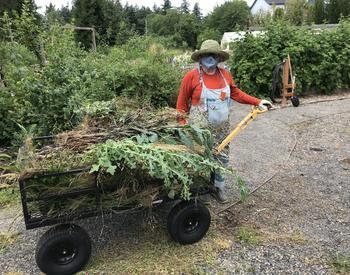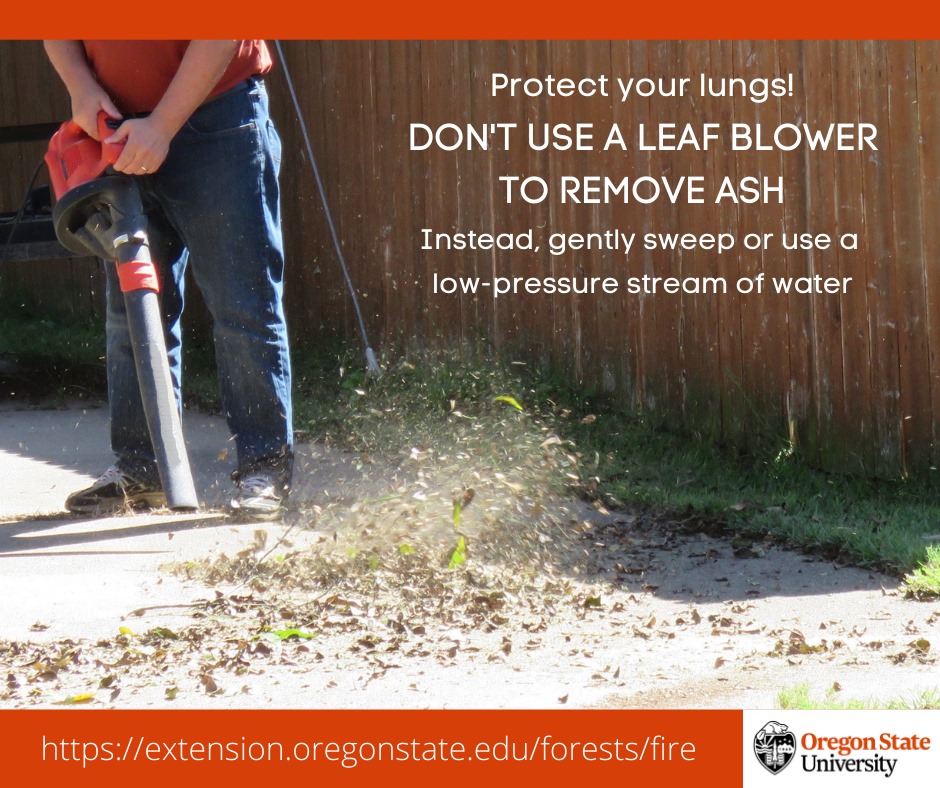
This is the third in a series of posts sharing the work of the first cohort of the Master Gardener Diversity, Equity and Inclusion Taskforce. See overview for general information and background.
…
This working group identified the need to establish a baseline of who benefits from the services of the Master Gardener Program, and to identify underserved communities. This group also assessed current perceptions or attitudes of diversity, equity and inclusion within Oregon’s Master Gardener community.
Establish a baseline of current work and perceptions
In December of 2021, a survey was conducted with 202 faculty, MG Associations, and DEI Taskforce members. Half of the respondents were from association boards.
Survey results
What are we currently doing
The program primarily provides educational information to the public with plant clinics, and in-person events or workshops. For implementing outreach to underserved communities, plant clinics and community gardens were perceived as our best current work.
What we need to do better
When implementing outreach to diverse communities, the main challenge cited was a lack of clear strategies, guidance, knowledge, and training. Respondents identified the need for examples or case studies and training for reaching diverse groups. In addition, the lack of volunteers to do the work, COVID, and volunteers resistant to change was also cited. There is a perceived lack of diversity in local communities (which experts refer to as ‘hidden diversity’), and a lack of Spanish-language gardening materials. It was noted that it takes time and consistent effort to establish trust and relationships. With a high turnover of volunteers and staff, relationships that may have just started to form are lost, when the people in the program leave.
Overall perception of DEI
While overall perception of DEI work was positive, there was also a negative perception about the work in general, specifically from some MG Associations and some members of MG Associations. Some groups failed to see the connection between gardening and DEI work, or the potential for gardening to benefit diverse communities across Oregon. It is important to point out, however, that the Oregon Master Gardener Association (OMGA) has prioritized DEI for the 2022 calendar year.
Perception and needs for the DEI Taskforce
The DEI taskforce was cited as providing needed and valuable work, and members learned a great deal from their participation. While there is an understanding that the work takes time, more communication about DEI is needed across the state. Recommendations specifically made to the MG taskforce included: developing case studies, providing training (including relevant scenarios), and offering guidance. In addition, the MG DEI Taskforce should Increase communication with MG Associations, and better define what diversity is in the program, for Associations and Extension MG volunteers.
Who are our community partners?
Respondents identified the names of community partners the Master Gardener program has worked with over the last three years. This list of 166 organizations includes those with which we have both formal and informal agreements. They include: ·
- City, regional, county, and state government, including health departments, park districts, and Soil and Water Conservation Districts
- Food banks
- Libraries
- Schools and Colleges
- Correctional facilities (adult and juvenile)
- Nonprofit organizations, including environment, advocacy, and builders
- Tribes
- Gardens and plant clubs
- Centers and/or homes serving veterans, children, and older adults
- Boys and Girls Clubs
- Churches
- Media






